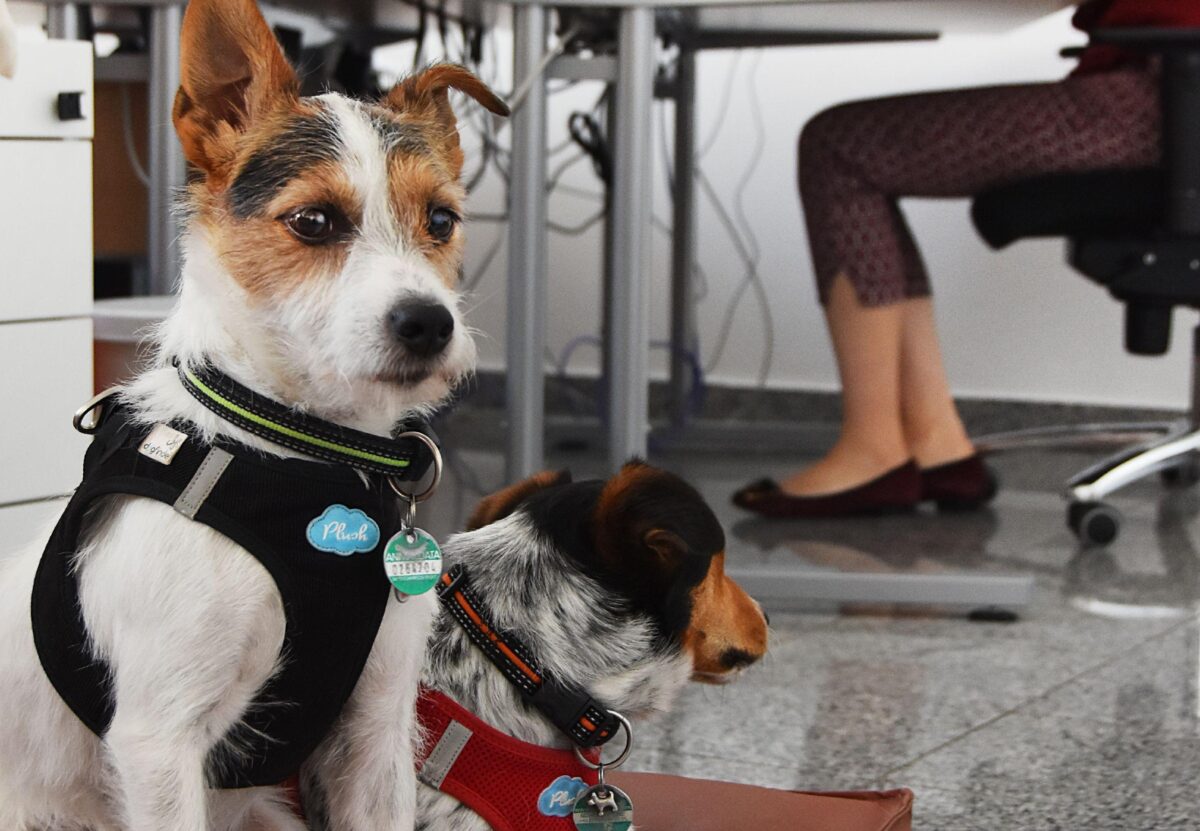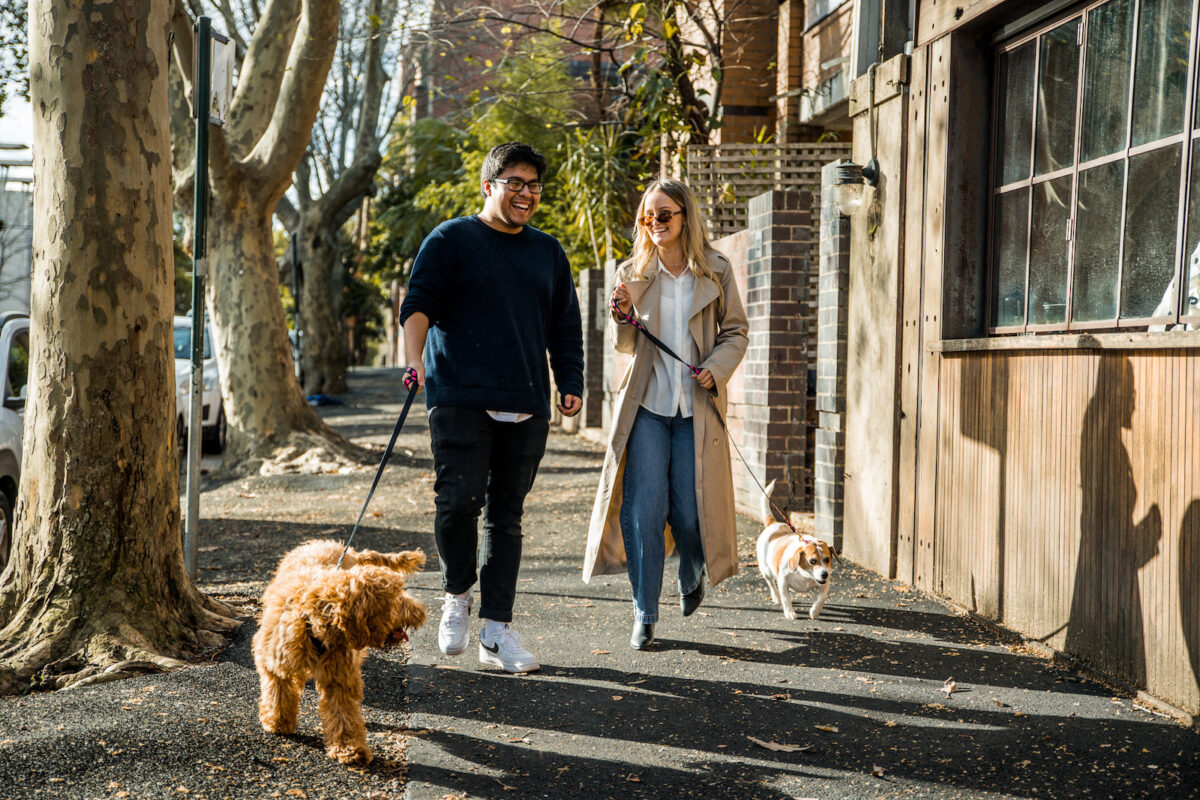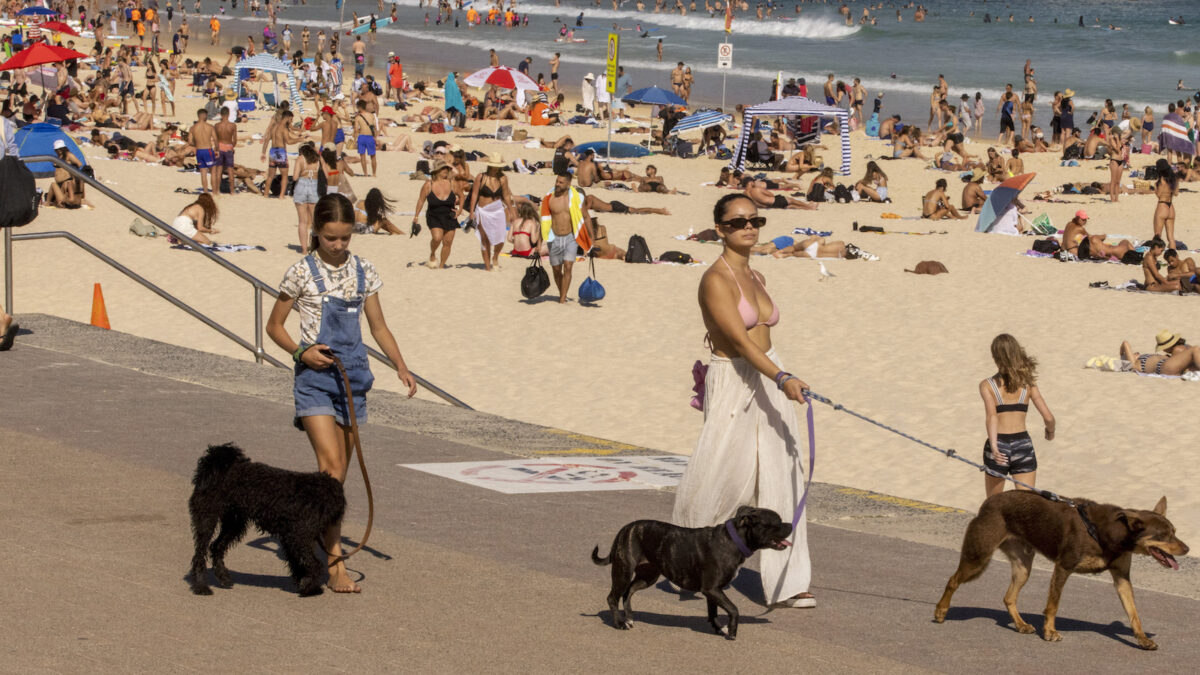We Australians have always been big pet lovers, but over the last two years during COVID we’ve seen pet numbers absolutely skyrocket – and this newfound pet obsession is having a big effect on the rest of our lives.
It’s no mystery why we’ve become so pet-obsessed over the last two years – and especially obsessed with dogs. The multiple waves of social distancing restrictions and lockdowns we’ve endured have made the prospect of a furry friend particularly appealing. Hell, walking the dog was one of the few COVID-safe activities we could do during the worst of the pandemic.
COVID restrictions may have come and gone but our pets are here to stay – and Australians are increasingly being influenced by their pets when it comes to making big life decisions.
For instance, pets in the workplace. Office dogs are everywhere (hell, in our building here at DMARGE, there are over a dozen dogs, including our very own office dog) and Australian professionals are increasingly demanding pet-friendly work environments as we head back to the office.
New research commissioned by Uber Pet has revealed a rise in Aussies wanting to continue to work alongside their ‘pandemic pups’ as more workplaces move to hybrid working policies.
80% of surveyed Australian dog owners say they would return to the office more often if they could bring their dog, while 60% say they would be inclined to accept a job offer if their workplace was dog friendly.
That’s a rather interesting statistic for employers, considering the state of the labour market – offering a dog-friendly workplace is increasingly becoming a competitive advantage in Australia.

Additionally, Uber Pet’s research reveals that 71% of workers believe their office is under-utilised post-COVID – in part due to the lack of canine-friendly office policies.
Pet ownership is also increasingly becoming a prerequisite for dating success, with single Australians increasingly looking for partners who are also pet lovers.
Data from top dating app Tinder demonstrates, for instance, that users who feature their dog in their profile photos get, on average, 5% more matches. On top of that, a recent survey of Australian Tinder users reveals that 45% are more likely to like someone’s picture if they have a dog on their profiles.
Further than that, 72% say it’s a deal-breaker if their dog doesn’t like someone and 59% admit to dating someone purely because they have a dog… We guess ‘dog baiting’ does have its merits, then.
RELATED: Dog Baiting: The Sneaky Dating Strategy You’ll Go Barking Mad For
Oh, and for what it’s worth: Tinder’s data says that Golden Retrievers, closely followed by Huskies and Labradors are the most desirable four-legged friends for a potential match to have in tow. Now you know.
Our pet obsession is also affecting the property market. Research from Choosi shows that 61% of Australian pet owners are influenced by the needs of their pets when choosing where they live – making pet-suitable properties and pet-friendly rentals increasingly desirable.

Landlords are reacting to this trend: data from Ray White shows that over the last 12 months to June, the number of rentals advertised as pet-friendly in Sydney jumped by 14%. Similar trends have been observed in Newcastle and Adelaide.
Developers, too, are paying attention. Because buyers and investors are increasingly demanding pet-friendly properties, developments are dedicating more space to pet-related amenities like green spaces and facilitating pet-friendly businesses, The Property Market suggests.
It’s not all good news. More and more properties are becoming pet-friendly, but the dramatic surge in pet ownership means that there’s still not enough supply to go around, with many pet-obsessed Aussies still very much at the mercy of landlords, ABC News reports.
Still, it’s all worth it for your ‘fur baby’, right?
Read Next
